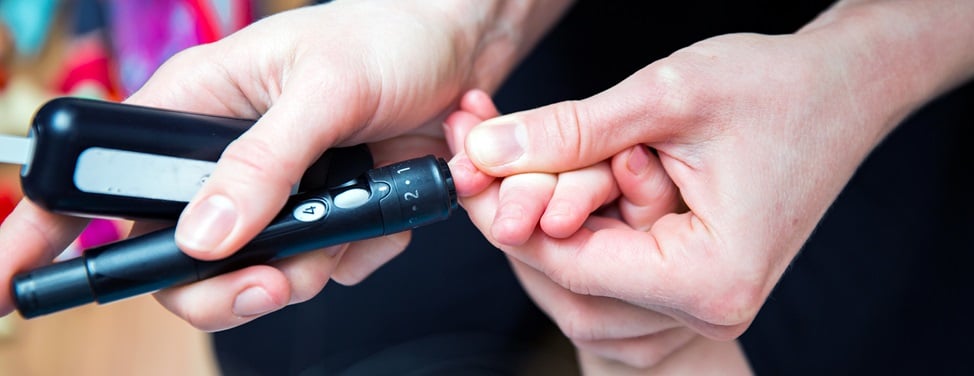It's fairly common for people with diabetes to experience episodes of hypoglycemia, or low blood sugar. Hypoglycemia can be serious if not treated quickly, so all caregivers of children with diabetes should know the symptoms.
Signs of hypoglycemia include:
- Feeling shaky, dizzy or weak
- Unexplained sweating
- Pale skin
- Headache
- Fast heartbeat
- Blurred vision
- Anxiety, confusion or irritability
- Hunger
- Clumsiness
If your child is able to eat or drink
If your child is showing hypoglycemia symptoms and can eat or drink, provide something that will rapidly raise blood sugar, such as:
- 4 ounces of juice
- 4 ounces of regular (non-diet) soda
- 3 to 4 glucose tablets
Recheck your child's blood sugar every 10 to 15 minutes. Keep checking until you get a reading above 80 mg/dL.
If your child's next meal or snack is more than an hour away, give your child a 15-gram snack, such as half a peanut butter sandwich.
If your child has several episodes of low blood sugar – especially if they occur at the same time of day – please call the diabetes educator at our Pediatric Diabetes Clinic to discuss an insulin dosage adjustment.
If your child can't eat or drink
If your child passes out, or is unable to eat or drink for any reason, you should give an injection of glucagon.
Tips for injecting glucagon:
- Be sure to mix the vial first.
- If possible, inject into the thigh. Glucagon may be injected into either muscle or fat.
- Children should be placed on their side, in case of vomiting.
Side effects of glucagon include nausea, vomiting and bloating. These effects can last up to six hours.
After the injection, check your child's blood sugar every hour and make sure it stays above 80 mg/dL.
In addition, please call the Pediatric Diabetes Clinic and ask to speak with the on-call diabetes doctor. Visit How to Reach the Diabetes Care Team for instructions on contacting the team during and outside of regular office hours.
If you feel nervous or want immediate support, call 911.





































